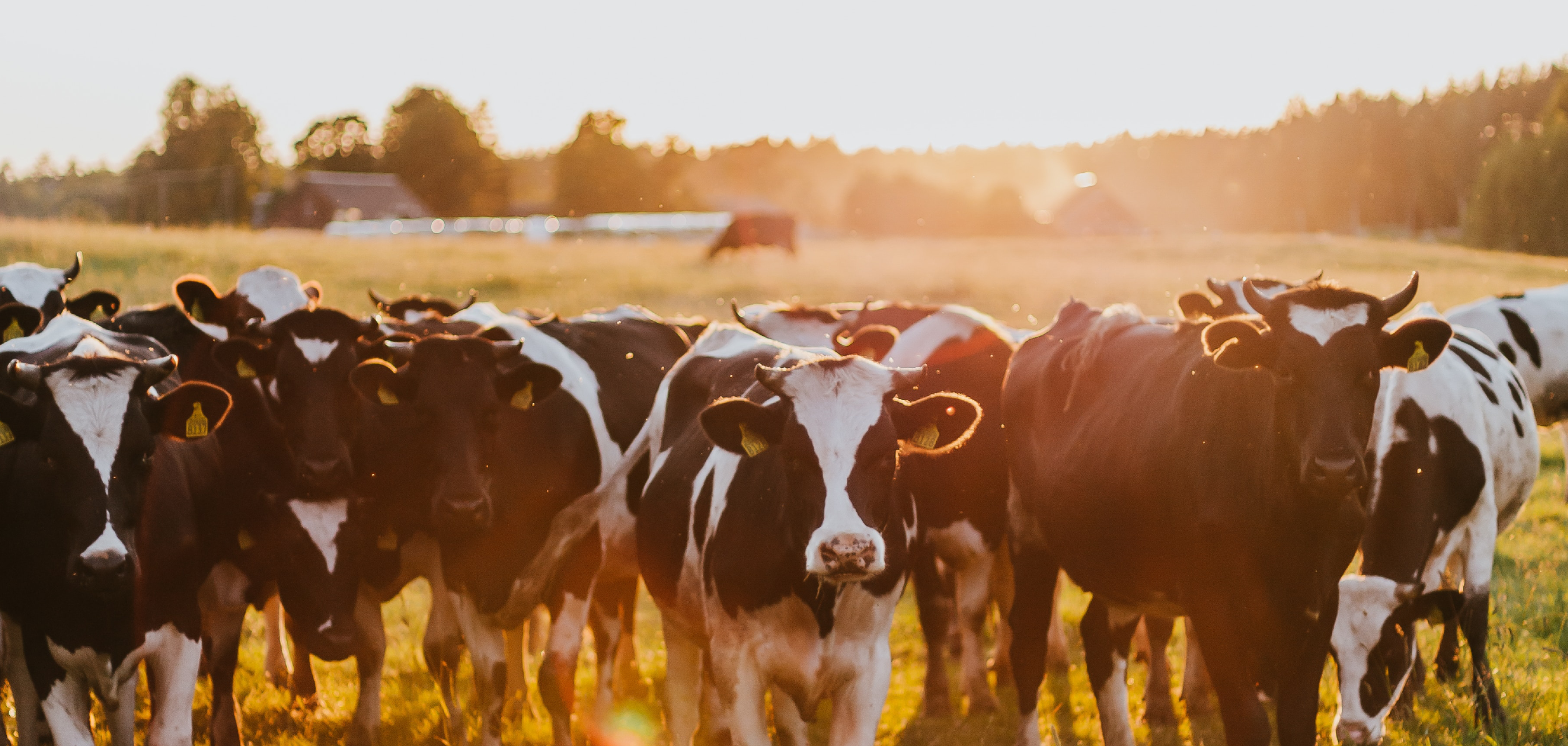
In sharp contrast to just 12 months earlier, dairy prices are hovering between $15 and $16 per hundredweight (cwt), about $10 less than last year’s record-breaking year.
The next couple months will test the breakeven point for some dairy producers.
“So, one of the things we look at is the opportunity through the futures market to offer some protection,” says Robert Netrefa, GreenStone Farm Credit Services senior crop insurance specialist.
Last year, the U.S. all milk price hit a record (nominal) high of $27.30/cwt. in May and finished at an average of $25.55/cwt.
"With $20 milk not in the near future, producers need to focus on protecting what they can and managing their downside risk," Netrefa adds.
Some may want to take advantage of the dairy futures market, which is offering $18 to $19.
“There's still the second half of the year with future prices being optimistic,” he says. “We normally see higher prices later in the year. But those higher prices could disappear too, with everything that's going on economically, with trading and supply and demand. I think producers need to look at that and make sure they continue to manage their downside risk.”
On Monday, June 5, milk futures were lower and cash dairy prices were mixed on the Chicago Mercantile Exchange.
June Class III milk was down 10 cents at $15.19. July was down 17 cents at $15.97. August was down 12 cents at $16.87. September was down two cents at $17.74.
Excess or spot market trading is showing an oversupply, as prices for 40-pound blocks and 500-pound barrels of cheese are trading for around $1.45 a pound – well under the Chicago Mercantile Exchange (CME) of around $1.80.
“Right now, in Class III and through the rest of the year, we might see those prices start to pull back down to where spot prices are,” Netrefa says. “Eventually, the two will have to be pulled back together. So, either those daily trading spot prices have to come up or CME prices are going to come down.”
U.S. dairy export volume has been close to last year, but exports of butter, whey, and skim are all down.
According to USDA’s WASDE report the revised price forecast for the entire year is $17.75 for Class III (cheese) and $18.30 for Class IV (butter).
Dairy producer margins will be squeezed. Some relief in lower feed prices are expected by fall if final crop yields turn out as expected.
While one might expect, especially with beef prices high, a mild culling of the dairy herd while prices retreat, Netrefa says history hasn’t proven that. “We really need less cows on the market right now, but producers will add more to produce more milk, which will produce more revenue to offset lower prices. It’s a vicious cycle.”
However, USDA predicts the increase in milk production over the previous year to stay well below 1%. USDA forecast the number of milk cows to average for the year just 0.1% higher than a year ago with the increase in milk per cow just 0.8% resulting in 0.9% more milk production than 2022.
Low market protection
Coming off record high prices in 2022, there’s been a drastic decline in sales of Dairy Revenue Protection (DRP). “Normally we see about 33% of milk across the U.S. protected through DRP, but we’re seeing numbers down to around 15% covered,” Netrefa says.
At minimum, he recommends all producers sign up for Dairy Market Coverage through the Farm Service Agency. “If you look at the history of that program, I believe 2014 was the only year it did not have a net benefit,” he adds. “When you look at its historical performance, it pays for itself.”
In the last six months, dairy processing plants are becoming stricter in the purchasing of milk. “They're a lot more engaged with what the farm has going on, what their expansion plans are and the how the processing plant can fit into those expansion plans,” says Michelle Backhaus, a GreenStone vice president of agribusiness lending in Little Chute, Wisc.
Some processors may put limits on the amount of milk taken from a farmer, or discounting milk above the given threshold. In response, some farmers are integrating with processing plants for cheese or milk bottling. “Some are expanding with integration into beef,” Backhaus says. “Instead of raising excess heifer inventory, they've been breeding more towards the beef market.”
Farmers are becoming much more strategic with their future plans.
If the processor is not able to take additional milk, a lot of the farmers are focusing on the quality of the milk, meaning they're increasing butterfat and protein to get the best price for a quality product.
“Recently, we really haven’t increased volume or production that much, we have increased solids,” Netrefa says. “Our producers are very good at what they do. They are very good at culling and using technology to help figure things out.”
Blackhaus adds, “Whether they are keeping heifers at home or if they're going to raise them out of state, that's a consideration. For farmers raising calves, there’s been an increase in genomic testing – taking advantage of technology to help take the next, calculated steps.”


